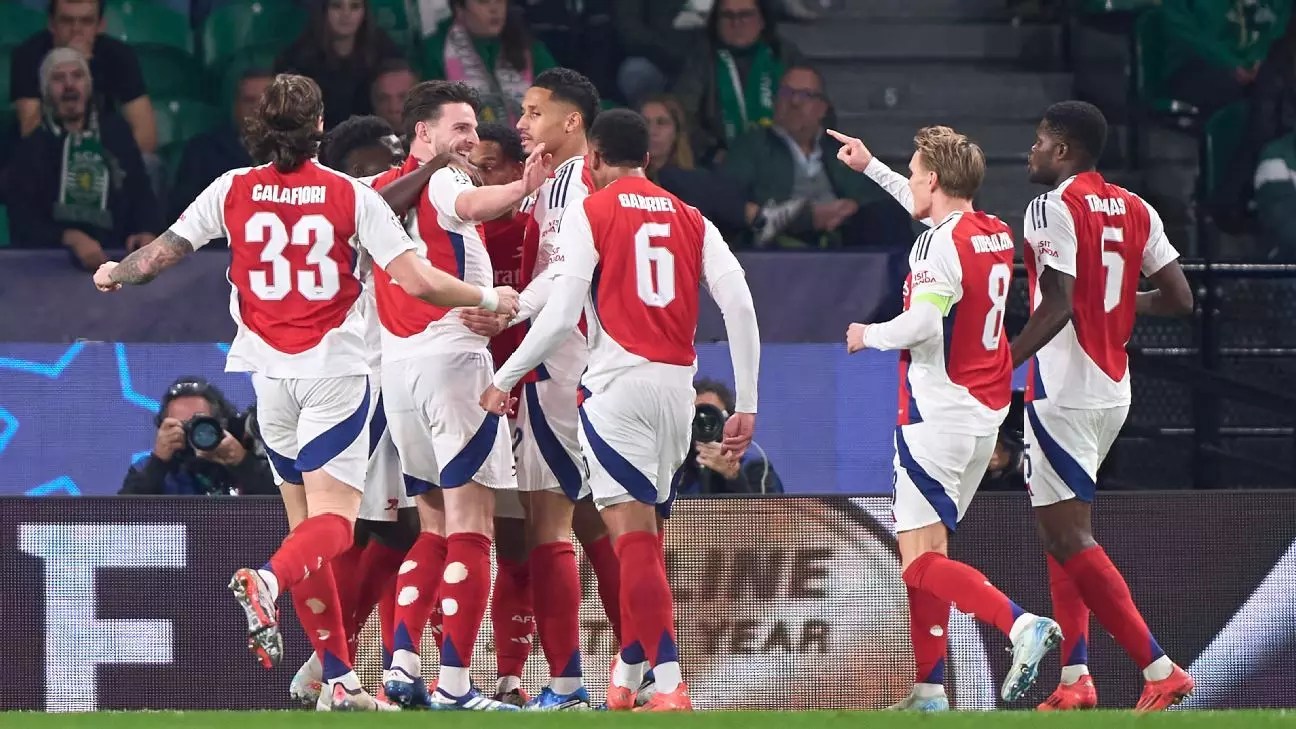The UEFA Champions League remains one of the most prestigious tournaments in international club football. As the competition approaches the much-anticipated round of 16, fans and teams alike are analyzing the implications of the new format and the thrilling matchups that lie ahead. With the draw scheduled for February 21, 2024, at 6 a.m. ET / 11 a.m. GMT, a spotlight shines on how this stage of the tournament will unfold, promising heart-pounding drama and strategic battles on the pitch.
In previous editions, the knockout stages often relied on a straightforward team-versus-team drawing mechanism. However, this year’s format introduces a more strategic approach to the draw, changing the way clubs prepare for their potential opponents. The top eight teams that emerged victoriously from the league phase automatically advanced to the round of 16, alongside the winners from the knockout playoffs. This new structure not only positions teams more strategically in the knockout bracket but heightens the excitement as fans eagerly anticipate the matchups that will determine their clubs’ fate.
This year, teams including powerhouses like Arsenal, Barcelona, Liverpool, and Bayern Munich have made it through, underscoring the high stakes and fierce competition involved. With clubs such as Brest and PSG vying for a chance in the knockout playoff round, the stage is set for exciting clashes between football’s elite. The teams that finished from ninth to 24th in the league will also enter, ensuring an array of competitive matchups.
The knockout bracket’s structure has replaced the traditional method of pairing teams against each other. Instead, top-ranked clubs are placed into one of two sections, creating a predetermined path that leads to the final. This structural change fosters more intense rivalries and strategic considerations, as teams will now compete in a way that avoids facing each other until potentially reaching the championship match.
Notably, this means that clubs like Liverpool and Barcelona, who finished as the top two in their group, will only be able to face teams ranked 15th to 18th in the round of 16. For instance, both clubs will prepare to encounter either PSG or Benfica, each bringing their respective strengths and weaknesses to the table. This setup not only heightens anticipation but also intensifies the thrill of tactical battles as clubs aim to dominate their predefined paths toward the final.
Seeding plays a critical role in the round of 16, with the top eight clubs occupying vital positions that allow them opportunities to advance further into the tournament. Each club’s final placement dictates their potential matchups, which can significantly influence match-day performance. The draw process highlights how one team’s fortune can affect another’s, revealing the intricacies of strategy in play.
For instance, while City and Real Madrid enjoy top-seeded status, they are aware that significant competitors like Juventus and PSV are lurking in the same bracket. This kind of strategic foresight becomes essential as clubs navigate through matches, enhancing their chances for success against rivals while remaining wary of potential threats from other teams.
Anticipating Match Dates and Future Draws
The round of 16 not only involves intricate match pairings but also paves the way for crucial fixtures ahead. With first legs scheduled for March 4-5 and second legs on March 11-12, fans can expect a riveting football fortnight, where the stakes are exceptionally high. The excitement doesn’t end there—draws to determine the home advantage for the quarterfinals and semifinals will be held immediately following the round of 16 one on February 21, ensuring fans will remain engaged throughout the knockout stages.
The quarterfinals extend into April, followed by the semifinals in late April and early May, culminating in a grand final at the Allianz Arena in Munich on May 31. These moments carry the history and prestige of the UEFA Champions League, encapsulating the essence of club football at its highest level.
Adding another layer to the intrigue is the ability of clubs to modify their squads after the transfer window. With the rules allowing for three changes to the official roster, teams must make strategic decisions regarding new signings. Clubs like Manchester City, which has recently signed a slew of new talent, must carefully consider who to register, given the 25-player limit enforced throughout the tournament. Each decision made in this context could significantly impact a club’s performance in the knockout stages and potentially define their chances of lifting the coveted trophy.
As the countdown to the draw intensifies, the anticipation surrounding the UEFA Champions League round of 16 continues to grow. Fans are bracing for thrilling matchups that promise to showcase top-tier football and reveal which clubs stand poised to cement their legacies in European competition.


Leave a Reply